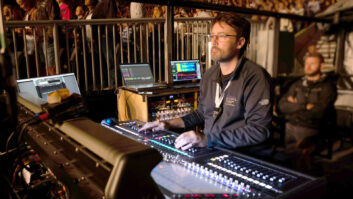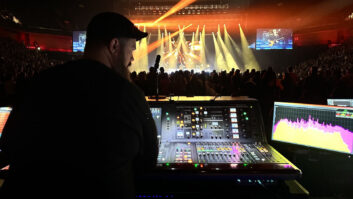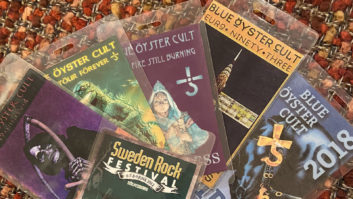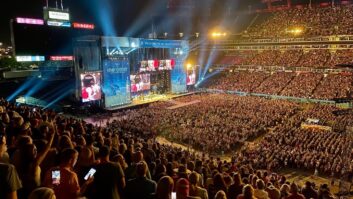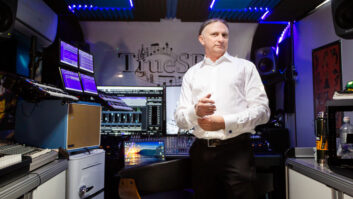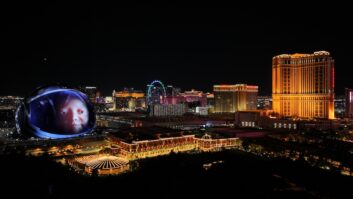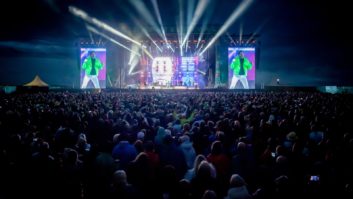At 6 p.m. on September 28, following a ribbon-cutting ceremony, Steve Vai took the stage and officially opened Live House, Musicians Institute’s new state-of-the-art, future-proof venue at Sunset and Highland, right in the heart of the entertainment capital of the world. On Sunday morning, as Vai was headed off to his car, still signing autographs and smiling for selfies, the “opening” finally closed.
In between, the audience onsite and online was treated to 54 hours of continuous performances and events, livestreamed on Facebook with more than 2 million views. The “Big Mama Jamathon,” as the event was dubbed, included performances by “friends of the family” such as Moby, Dave Navarro, Al DiMeola, Lee Ritenour and countless others.
That’s 54 hours of live programming! Continuous! It was also the very first time the impressive audio-video-lighting system had been put through its paces. There was no soft opening. Time was tight, and it was trial by fire. There wasn’t a hiccup all weekend.
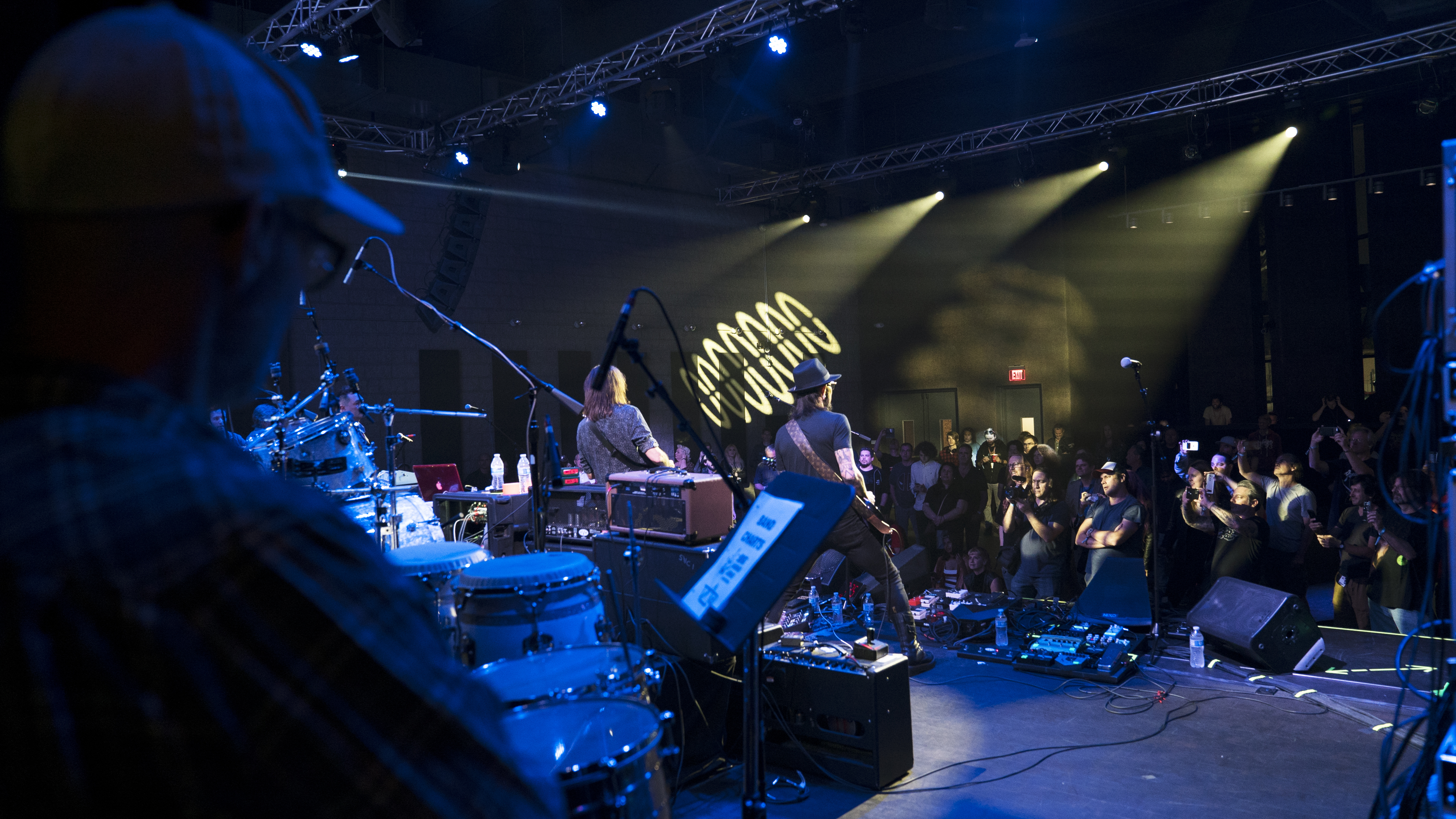
Vai served as host and musical director for the event, which was produced by Michael Warren in conjunction with MI. It was all part of a Vai-led fundraising effort to benefit Extraordinary Families, a nonprofit foster family and adoption agency in the Los Angeles area dedicated to improving the daily lives of children and youths in foster care. Through an ongoing auction, which included celebrity memorabilia like a guitar from Slash and about 40 guitars from Vai, raised more than $200,000.
But it took Live House, and the efforts of a lot of people at Musicians Institute, to pull it off.
Related: Steve Vai’s Studies in Harmony and Light, by Bud Scoppa, Sep. 1, 2012
The Need for a Venue
MI is a music school first and foremost. It was founded in 1977 for guitarists and has expanded over the years to include other instruments and art forms, including dance and audio engineering and production. Two schools now delineate the MI mission: School of Performance Studies and School of Industry Studies. While MI has taught event production as part of the audio engineering curriculum over the past decade, there has not been a dedicated degree program offered. So about four and a half years ago, the powers that be, along with their parent company, ESP Guaken in Japan, began looking at what they could do with the parking lot that they owned next door to the main MI urban campus.
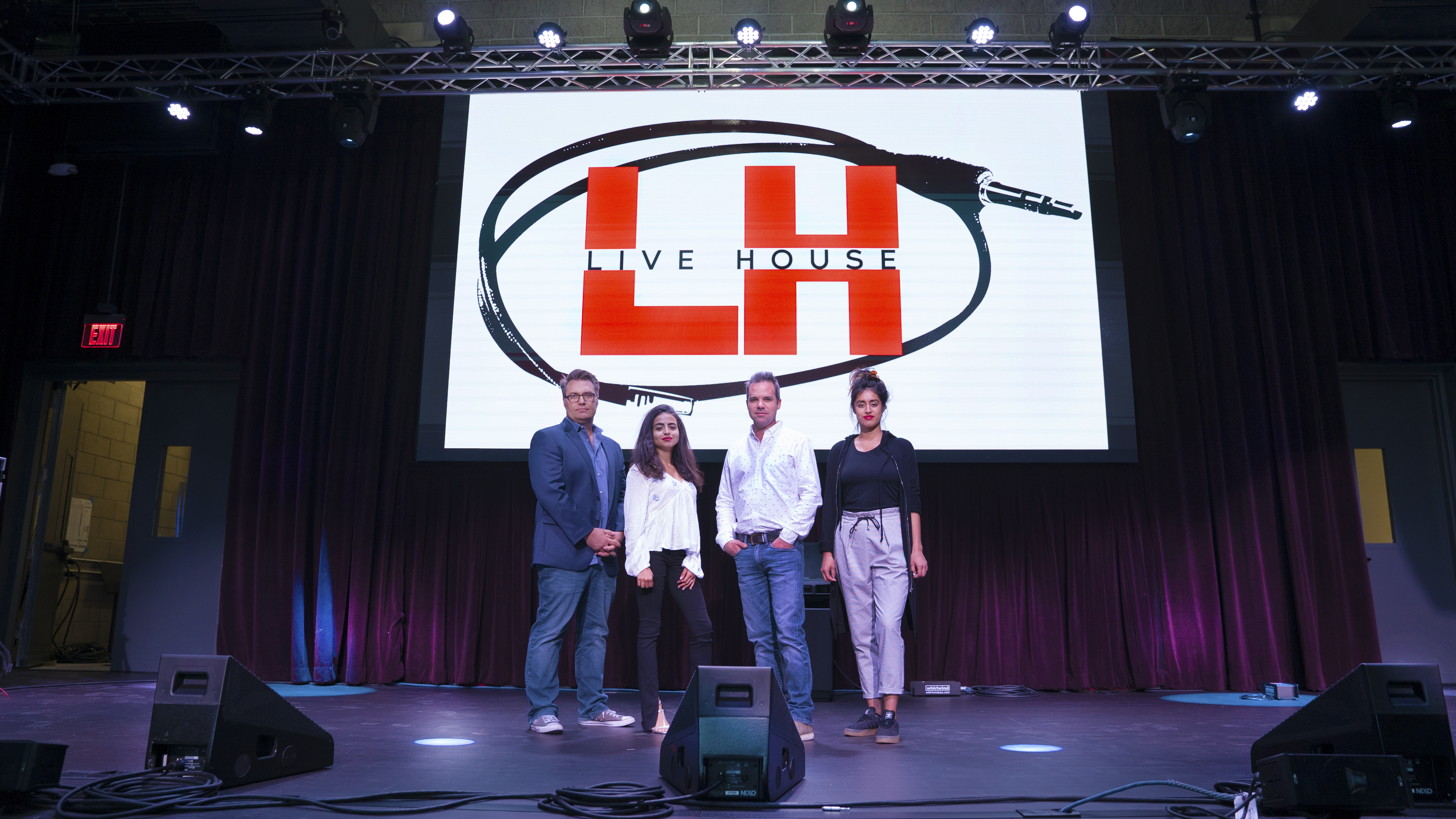
“From our very first discussions, we were looking to develop a multiuse creative space that can house academia and allow outside acts to perform,” says Jonathan Newkirk, dean of the School of Industry Studies and program chair, Audio Engineering. “It was envisioned as a training ground for performers and future front-of-house engineers, stagehands, monitor engineers, lighting engineers and every other job in live production. We see Live House as a nexus for performers and technicians. Our two schools are symbiotic, and in this new space we will bring them together to create real-world performance and engineering situations that student engineers and performers can learn from.”
That approach is endemic to the MI philosophy, which includes a holistic approach to education, whereby students become conversant in all aspects of their chosen field, coinciding with an exposure to the industry at large, whether in business, promotion or technology. Newkirk took the lead for the team, and he helped deliver a facility and curriculum (a new six-quarter associate’s degree in live sound beginning in the spring of 2019) that will expose students to the hottest market for jobs in audio: live sound.
Related: Musicians Institute Welcomes Two New Faculty Members, by Matt Gallagher, March 31, 2015
Newkirk, an L.A. native who still likes to surf, is an interesting man, with a skill set to match the needs for a cross-breed facility that serves both the school and outside clients. He has worked in production, owned and managed Studio Atlantis for 10 years, executive-directed Power Chord Academy, a national program for kids, earned an MBA from USC, and gathered a wide assortment of industry contacts to support this holistic approach to “education for the real world.” He spec’d the equipment packages and he signed the bills.
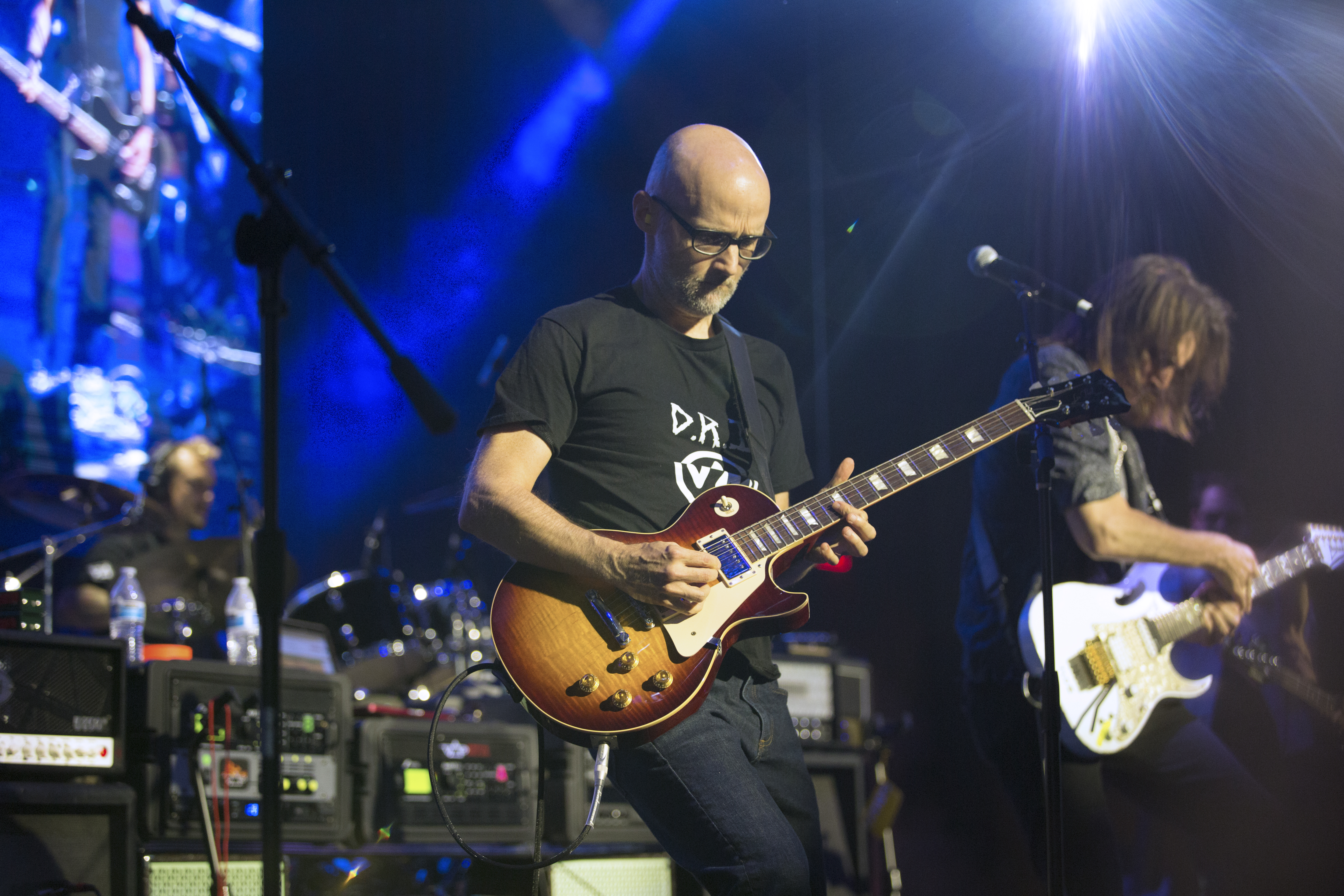
From the beginning, Live House was designed to be both a classroom and a standalone entity, with real-world bookings and a real budget to meet. A few weeks before the opening, Charles Chemery was hired as director of Live House, responsible for day-to-day operations and navigating the balance. As a program chair and instructor at MI, he was brought into the initial planning meetings.
After the usual bid process, the team selected Michael Warren to deliver the overall design, as well as the control, lighting, broadcast, streaming and network systems. TSC Audio, and its project manager Devin Devore, delivered the audio package of Yamaha CL5 FOH (up to 72 mix channels) and QL5 monitor (up to 64 channels) consoles, RIO stage boxes/amps, and the NEXO P.A., consisting of GEO M10 line array, with LS18 subs, and NEXO ID speakers for fill and stage.
Related: BAE Audio’s Colin Liebich Teaches Analog to the Digital Generation at the Musicians Institute, March 12, 2016
“Jonathan Newkirk really dove deep and took care of the pricing and the gear,” Chemery says. “And ownership stepped up to back the purchase of a top-end system, what we considered the Rolls Royce option that we submitted. We’re now sitting in a 15,000-square-foot complex, with four pro-level dance studios, a huge lounge entrance with its own acoustic/DJ stage, and then the jewel, Live House, at 5,500 square feet, with a 700-square-foot stage, a super-high-res 18×10 video wall, CL5 and QL5 consoles, the new standard for this type of venue, and Focusrite RedNet Dante connectivity throughout, running 64 channels at 96k over Cat 6. And next to that, you have a Blackmagic Design ATEM broadcast suite that can welcome up to 20 HD cameras. Oprah could run her show from here.
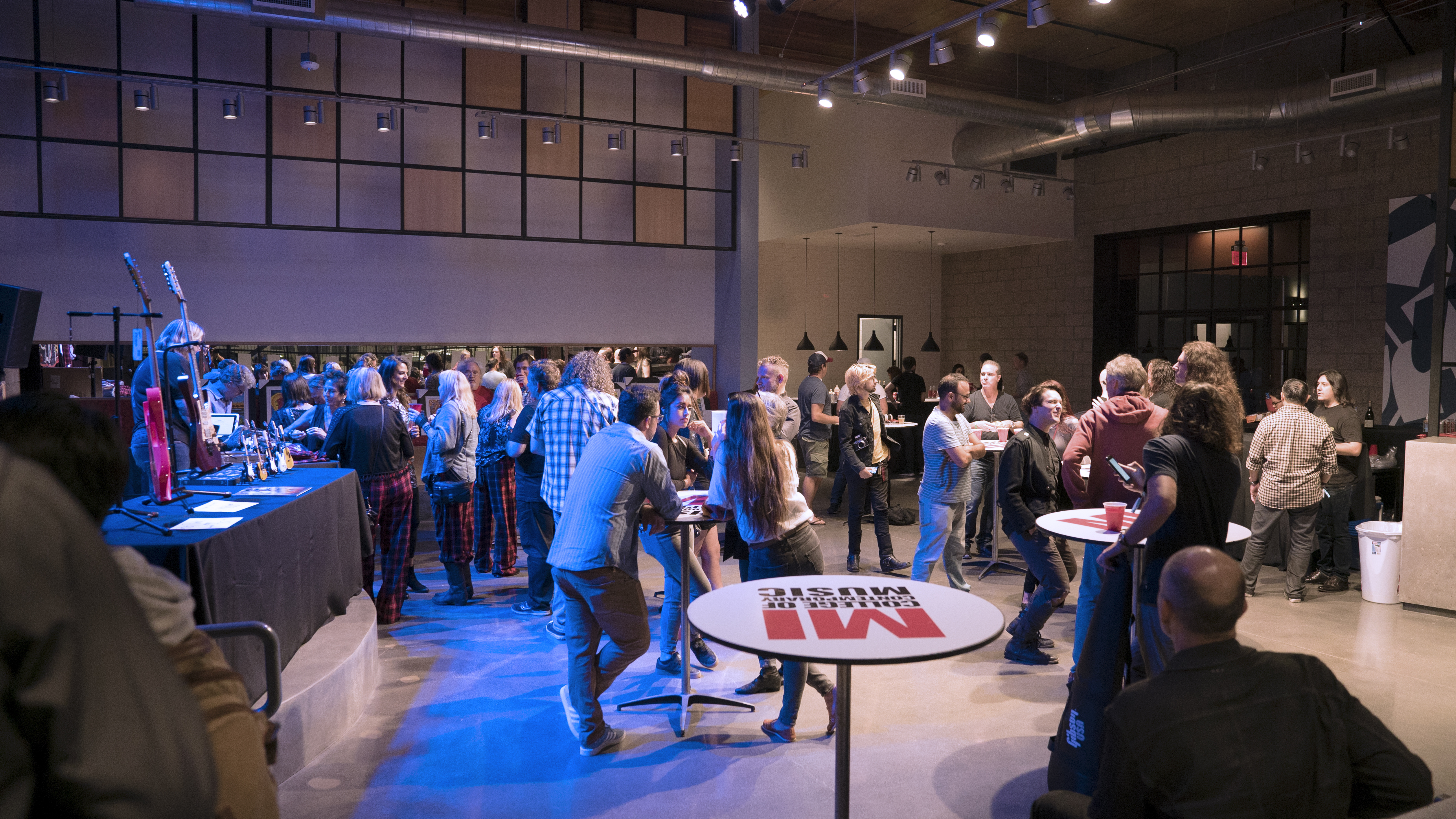
“A TV crew or film production or video shoot wouldn’t need six vans blocking Sunset and running cable,” he adds. “You can bring in one person with a laptop and a large hard drive and capture all of the production.”
The capacity is just a little over 300, standing. It could have been slightly more, but a large stage was needed to simulate the real world, and the FOH credenza was extended to 50 feet wide to accommodate students. Lighting to the left, FOH dead center, and broadcast/streaming to the right, with enough room for up to 20 students to fill in behind and watch professionals in action or complete a final project.
“The room is flexible,” Newkirk says. “With the truss on motors, more than 40 lights. the monitor rig on wheels so it can be wheeled to back of house, and the wide FOH credenza, it allows us to get hands-on with students, but also accommodate outside acts who come in with their own gear/lighting/recording systems.”
The Business
Attracting outside acts, and booking rental and production time, was key to the mission form the beginning, and was seen as a perfect opportunity to blend education and industry, to the benefit of both. Chemery, still new to the job, has been tasked with making it all work. He’s only been on the job about two months now, and says the he’s learning something new every day.
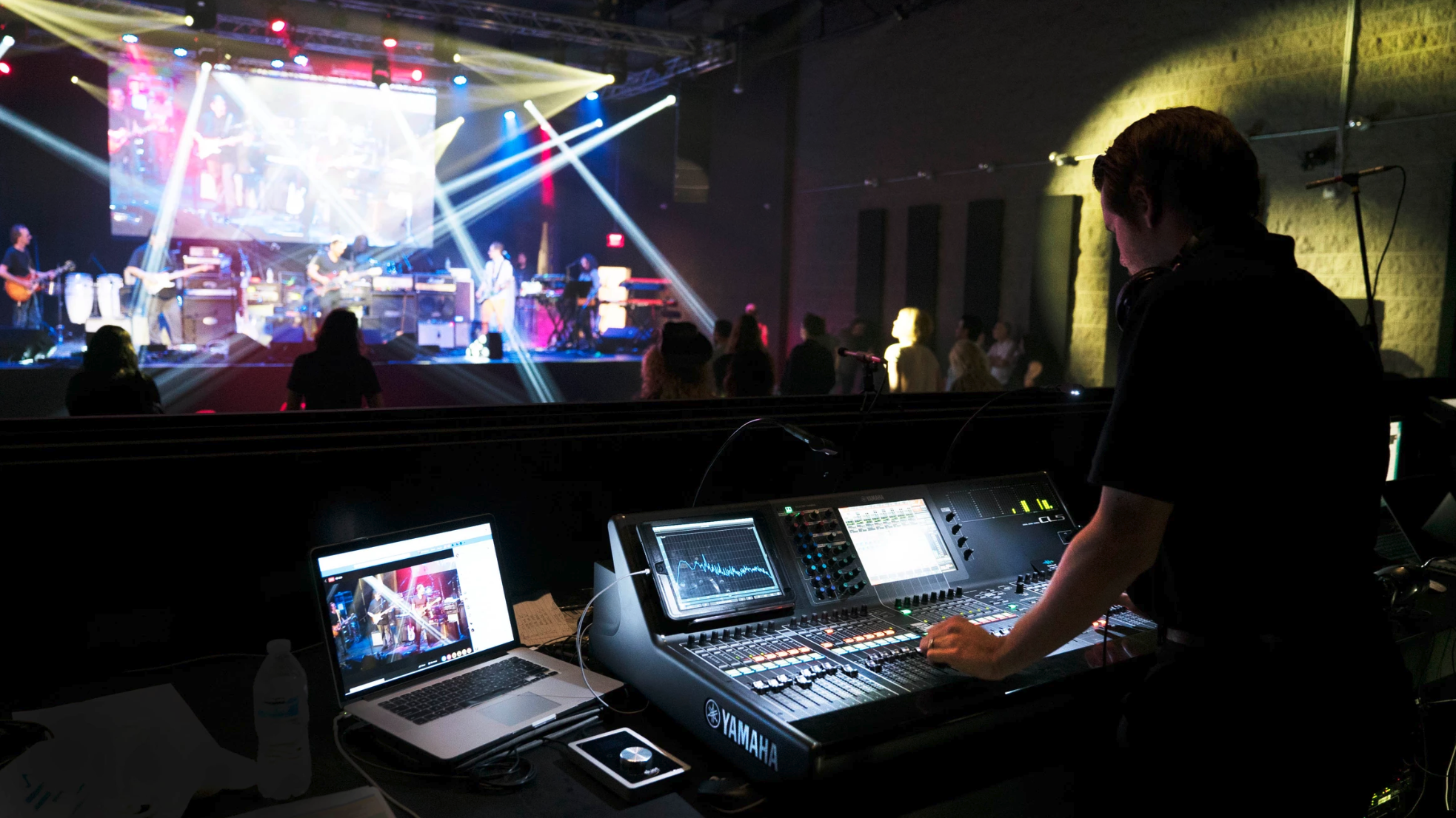
“It’s a high-end multimedia event space, and it needs to make money,” Chemery explains. “We have a few shows scheduled before the end of the year, but I’m also looking at TED Talks, high-end video shoots, awards shows, seminars—this is a space where the Rolling Stones can pop in and rehearse for two weeks, with professional video and audio. We have to stay open-minded.
“But where I think the real monetization will come from is if we combine with Amazon Web Services and what they have going on,” he continues. “The operators of the entire shoot could be sitting in Texas, or the Ukraine, and producing a rock and roll show or a seminar in a whole different way. There’s this a new concept for the ‘best seat in the house’ on pay-per-view. You can share Steve Vai in the green room talking to a camera, to his most loyal fans. Then he goes out and plays with Moby. You, the audience, are with Steve because you paid the premium option, with extra content. You might be sitting in Brazil or France and have the experience of being in the Live House. That kind of opportunity is exciting.
“And look,” he adds, “we’re in the heart of Hollywood, with few other major-league venues around. “ WE can scale to a Taylor Swift or a local band. The whole space is modular, with a lounge, the main venue, and all the cameras, recording and distribution services that go with it. An all-in-one package for creative.”
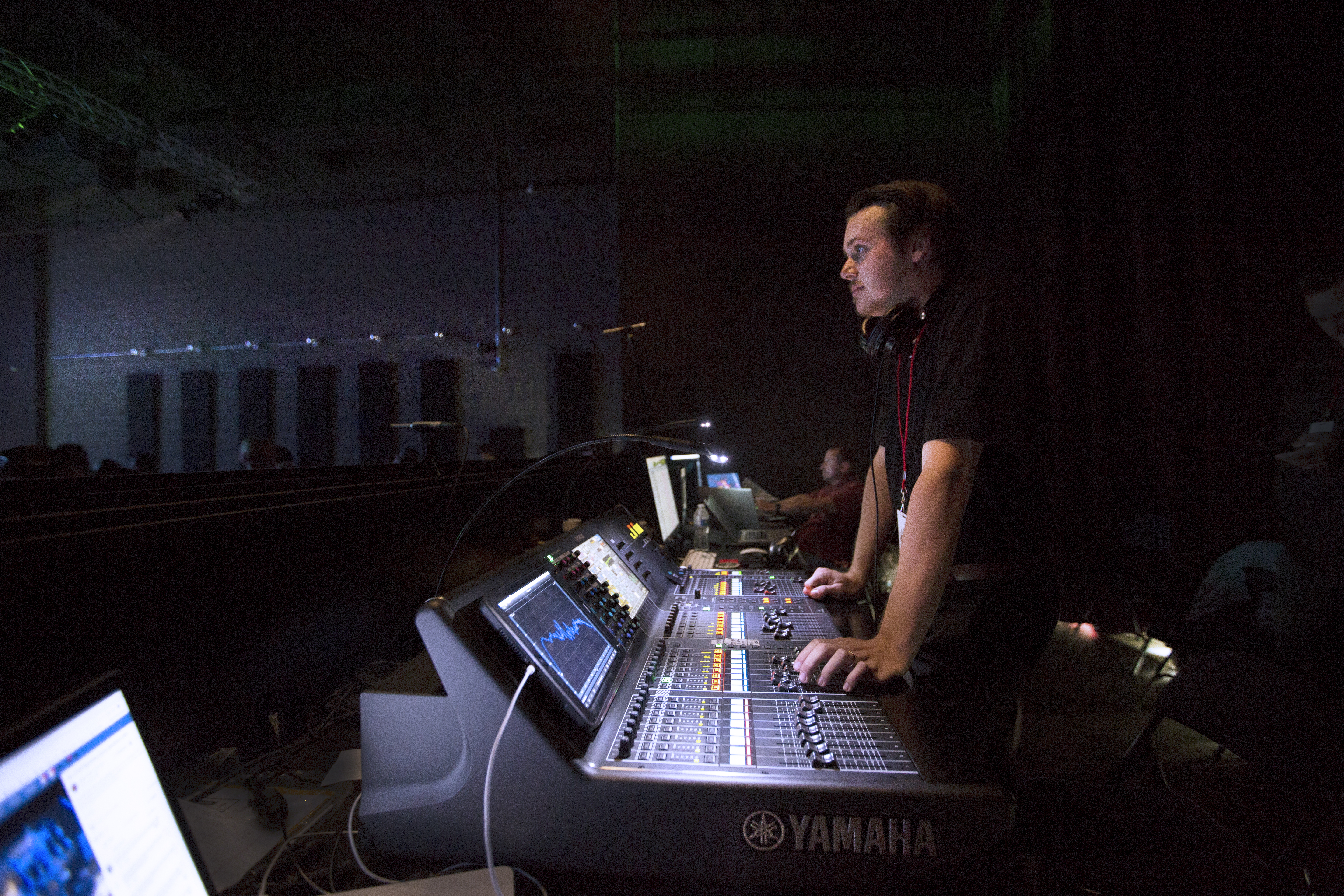
The Curriculum
While the advantages to students of having such a facility on campus seem obvious—the chance to work on a full-blown, high-end complete production system while in class—the real advantage comes with the development of a dedicated associate degree curriculum for Live Sound. All audio engineering students would take an intro course in live production as part of their coursework. Now they can be certified. Jonathan Newkirk and the faculty have been creating the program concurrently with the construction of the facility. The six-quarter program will welcome its first class in the spring of 2019.
Want more stories like this? Subscribe to our newsletter and get it delivered right to your inbox.
“It is designed to be a holistic program teaching business, technical, music and audio aspects,” Newkirk explains.” By quarters 5 and 6, the student will be running live sound, lights and stages by themselves, with instructor oversight. With the live sound industry in good shape, good, solid touring engineers are in demand. This program aims to close that gap, preparing engineers to work when they graduate from MI in a multitude of live sound situations. Students will be armed with real world knowledge of venues, touring, contracts, and gear. With our Student Support Center and internship program, we hope to place a lot of students into this expansive industry.”
The facility is stunning, and the audio system has performed better than anybody hoped for. Steve Vai and a number of his guests on opening weekend all commented to Chemery that the NEXO rig sounded superb, and the overall system setup and workflow rivaled anything they encountered out in the world. That’s high praise for a system that didn’t even get a technical run-through before a massive and challenging debut.
